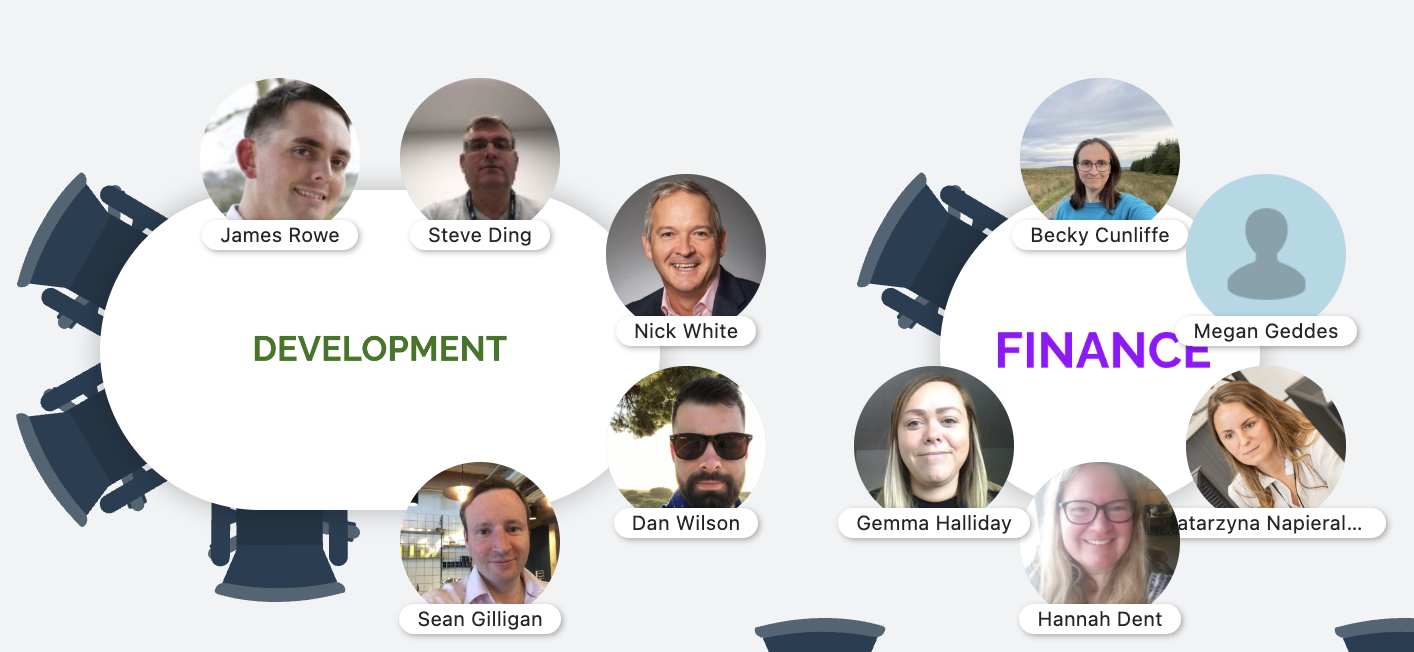What is the Metaverse?
Event Anywhere Team
The Metaverse is a digital world that can be experienced using a headset or other computing device. It’s a type of virtual reality, but it also includes augmented reality, which combines aspects of the digital and physical worlds.
The Metaverse was first described by Neal Stephenson in 1992 as “a computer-generated simulation indistinguishable from reality.” The term was also used by Neil Gaiman in his novel Neverwhere and by Timothy Leary in his book Chaos & Cyber Culture: The Computer as Dream Machine.
The Metaverse has grown to mean more than just virtual reality. It’s a collection of different technologies companies use when they talk about “the metaverse,” which includes things like virtual reality—characterized by persistent virtual worlds that continue to exist even when you’re not playing—as well as augmented reality (AR), which combines aspects of the digital and physical worlds together.
Some companies are working on creating their own Metaverses, including Meta, SANDBOX and Decentraland.
Ethical Questions
The Metaverse holds a lot of potential for us to explore new ways of thinking, behaving, and interacting. But as we do so, we must ask ourselves how these new behaviors will impact the world around us.
We should be cautious in our exploration of the Metaverse so that we do not make choices that have negative effects on others. If you are conducting business online, it is important to remember that there are ethical questions to think about when we think of the Metaverse. In the real world when you window shop the businesses don’t follow you all the way home. Online this is commonplace with the use of cookies.
Behaving how we behave in real life should be a benchmark as to how we should behave and act in the Metaverse.
In a world where privacy and your data is more important than ever before we need to protect our privacy so we are not naked to the big tech companies who can cut and paste our data and make money from it.
Future of Jobs
We’re in the midst of a major shift in how we work. The traditional 9-to-5 job is becoming less and less common, as more and more people are choosing to work for themselves rather than companies and brands.
As the Metaverse continues to grow, so will the opportunities for builders and creators. If you can build in the Metaverse, you can work anywhere. You can work from home or while travelling—the location doesn’t matter as much as it used to.
The Metaverse is an entirely new world of work, where companies and brands are no longer the only opportunities for creative people. Instead, creators can create their own jobs and opportunities through freelancing, self-employment, or even starting their own companies.
It won’t be the great resignation it will be the great didn’t apply.”
2D Metaverse
Event Anywhere is a 2D metaverse. The platform lets you create an always-on, ever-present space for collaboration and creating experiences. You can move between different video rooms, attend the live stage, send messages to other users and much more.
It’s the perfect tool for events of all kinds: conferences, trade shows and expos, networking events, educational courses and more.
There are a lot of ways to create a metaverse. Some require expensive hardware, and others can be built on any computer.
A 3D Metaverse is the most immersive experience, but a 2D one can still be very engaging. We recommend getting started with a 2D Metaverse today so you can start building your community today on Event Anywhere. Event Anywhere gives you full control of data and privacy is controlled by users who have the right to be forgotten. Users can simply delete their profiles and exit the Event Anywhere platform as and when they choose.
Our 2D metaverse software will help you create a world that looks like this:
